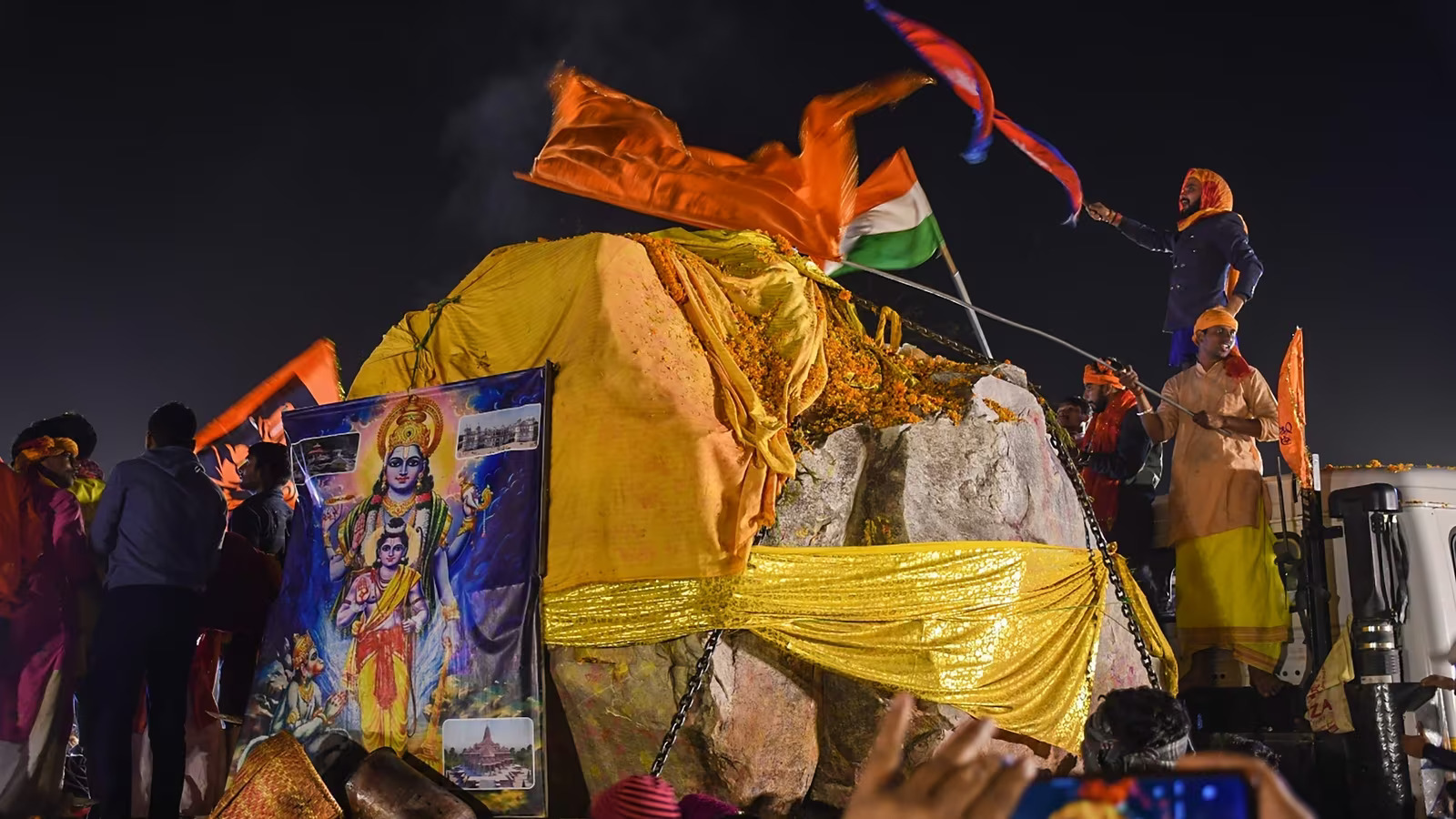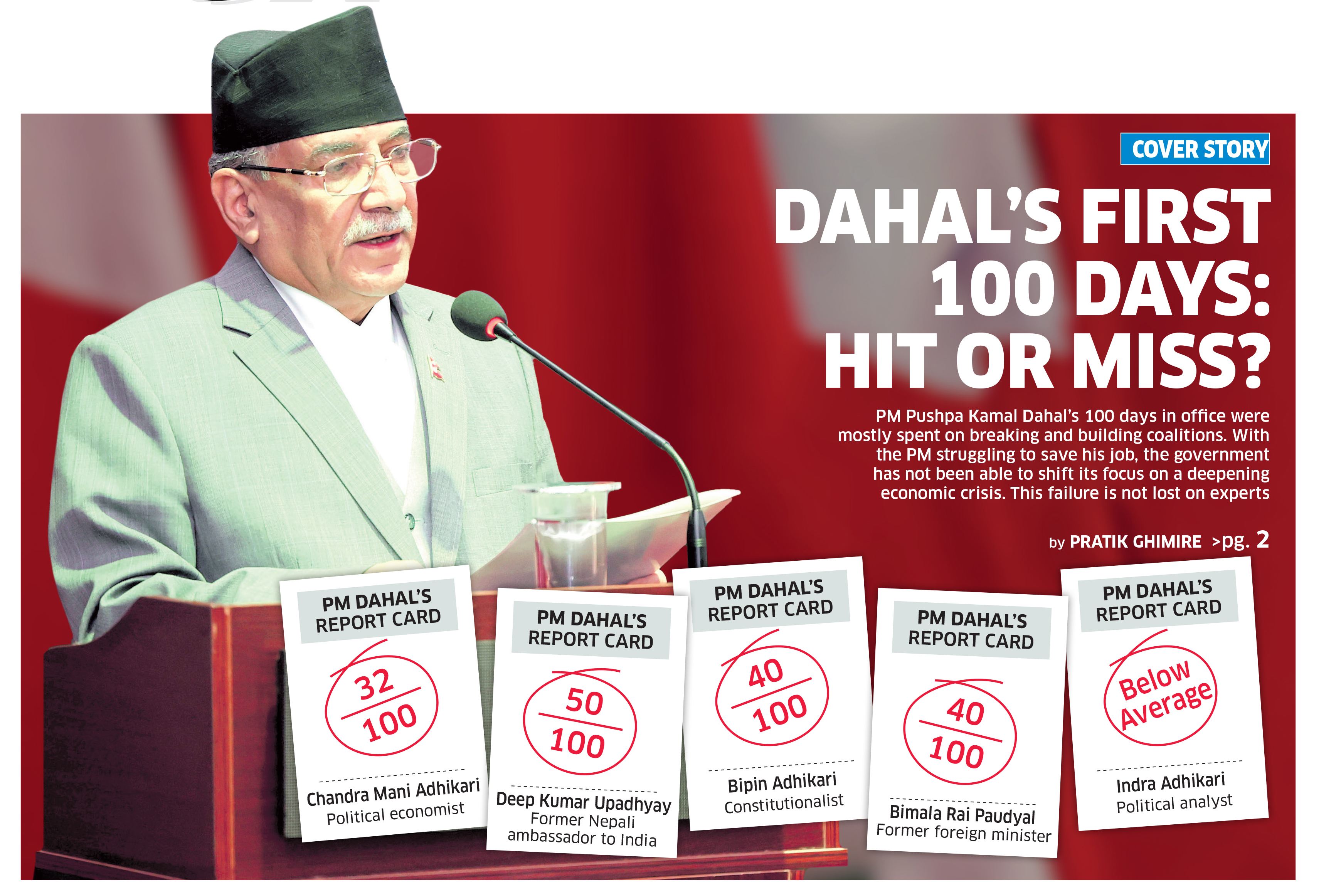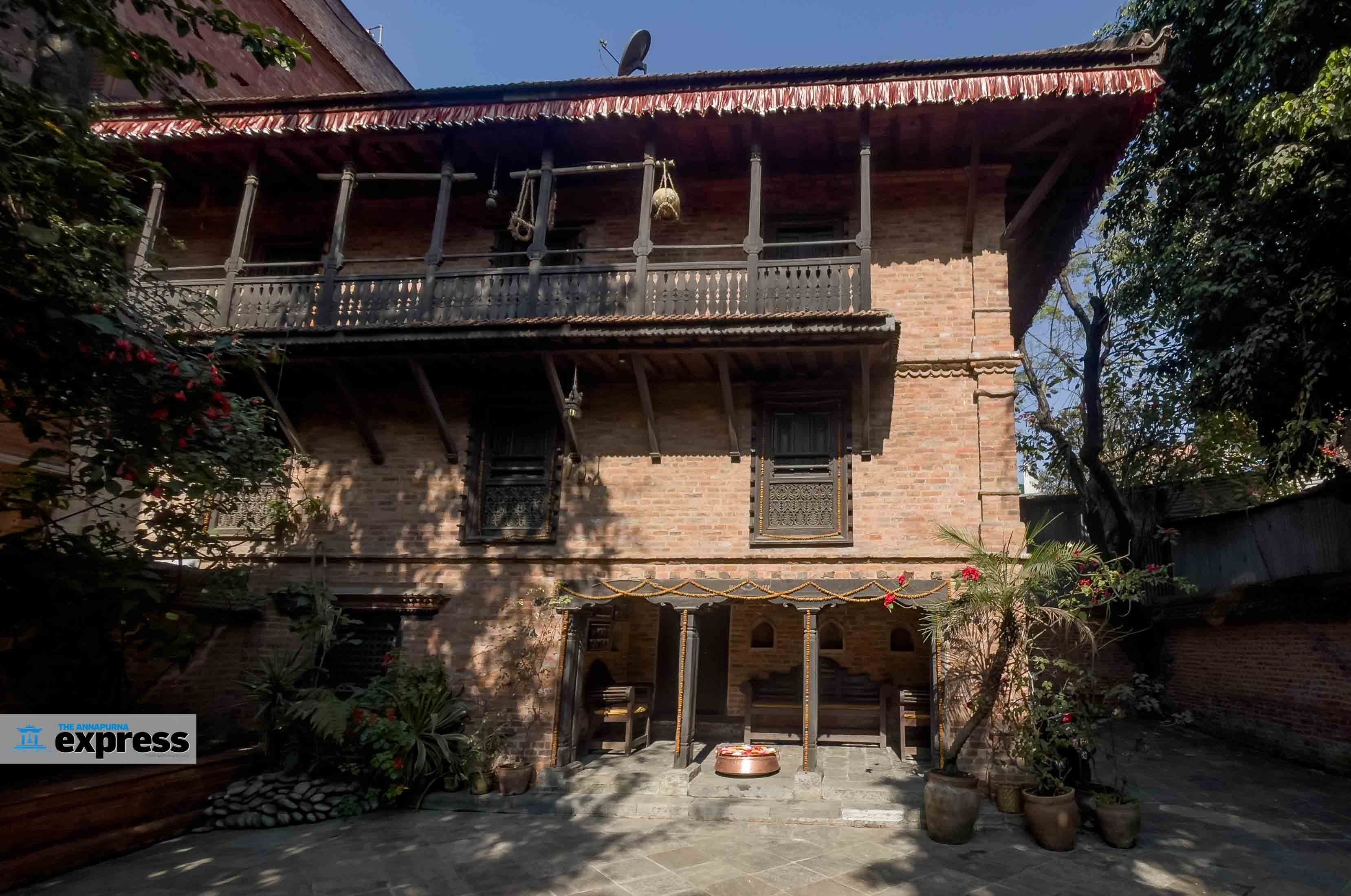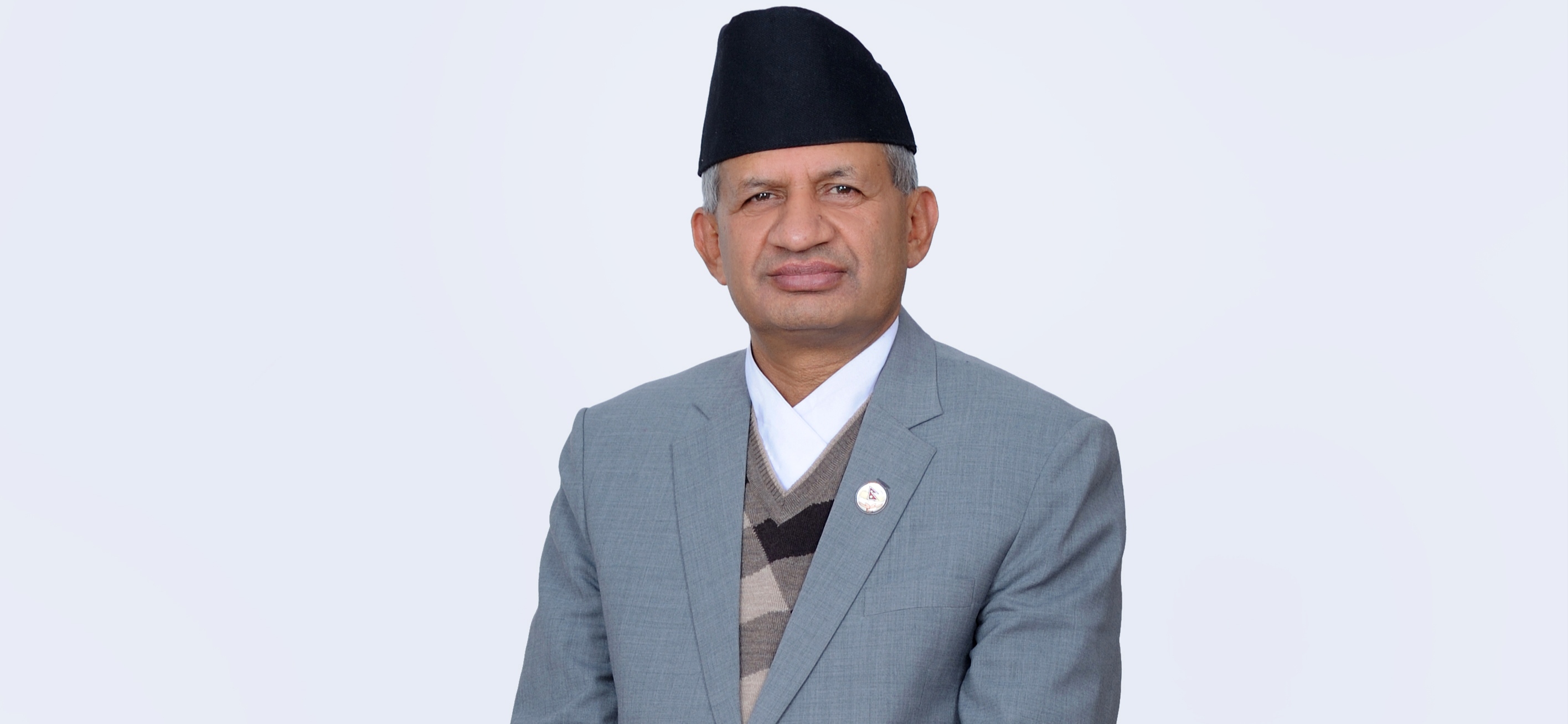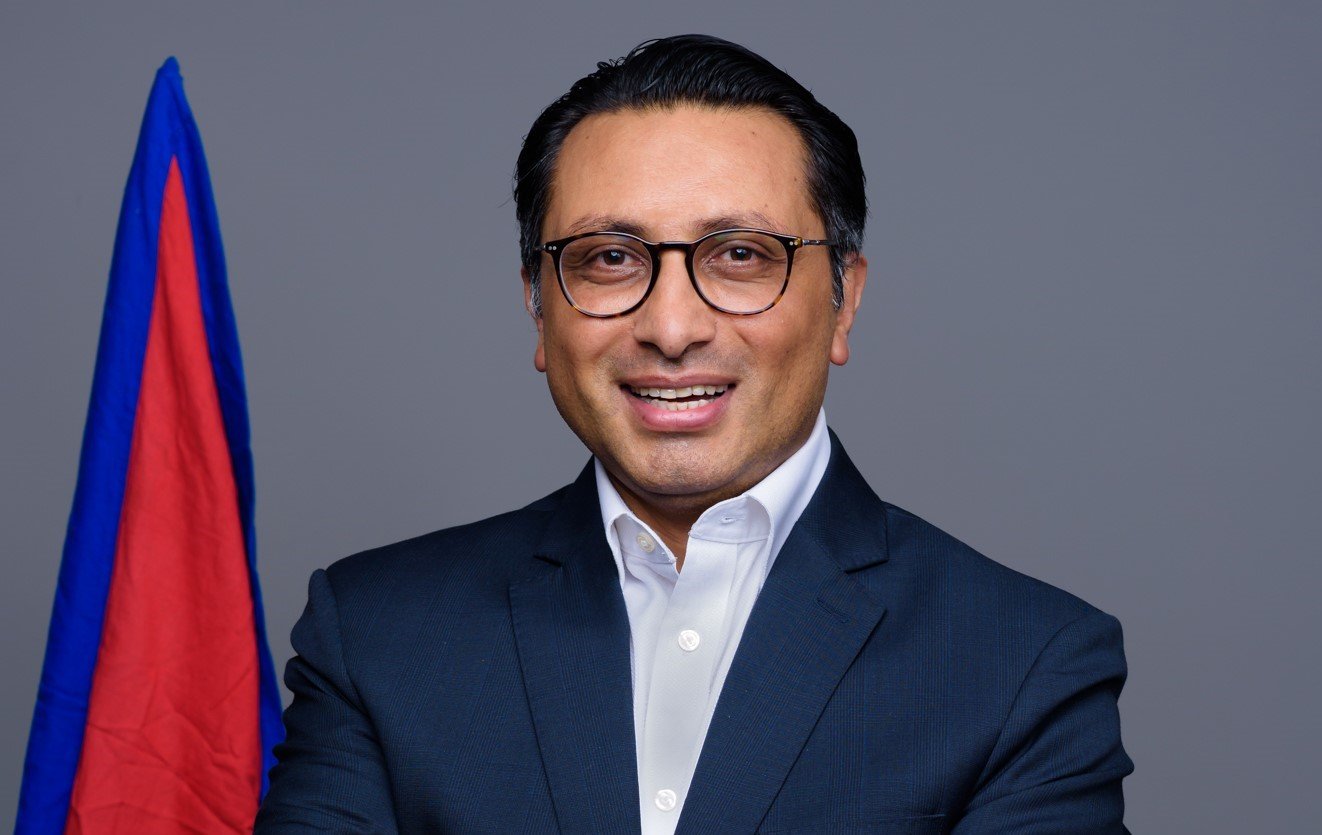Shaligram diplomacy in limbo?
In the first week of February, Nepal dispatched two Himalayan rocks sourced from the Kaligandaki river to Ayodhya, India, based on a formal request from a committee tasked with the construction of a new Ram Temple there. The idea was to carve out idols of Ram Lalla (Lord Ram as a child) and install one of them on the sanctum of the Ayodhya Temple and another on the temple premises. Or that is what the Nepali side thought.
After receiving the request for the rocks from India, a team consisting of geologists, religious figures and political figures scurried the banks of the Kaligandaki in search of perfect rocks for the idols, in coordination with local, provincial and central governments. They found two huge quartzite and calcite rocks at Thulo Pahiro in Myagdi district.
After performing Kshamapuja on the banks of the Kaligandaki with the participation of Nepali and Indian team members involved in what many described as part of Shaligram diplomacy, the idols were dispatched to the Indian holy city with devotees queuing up along the way to worship the idols. All that spectacle was seen as a victory of ‘Shaligram diplomacy’. But now, things seem to have changed a bit, with indications that the rocks may not be used for carving out the Ram idol and installed at the inner core.
Kul Raj Chalise, one of the persons involved in the process of selecting and dispatching the rocks, says Nepal decided to send those rocks following a formal decision from the Indian side. But, according to sources, the Ram Temple Construction Committee has conveyed a message saying that they are unlikely to use the rocks from Nepal to make the idol of Ram idol. It has hinted that the rocks may be put on display on temple premises.
Nepali Congress leader Bimalendra Nidhi, who had played an instrumental role in identifying the rocks and dispatching them to Ayodhya, is heading to Ayodhya to consult with the trust authorities. Nidhi said: “We decided to provide the sacred rocks for carving out the main idol of Ram, so this understanding should be honored.”
The Hindu quoted chairman of the construction committee of the trust, Nripendra Misra: “There is already one idol of Ram Lalla there, but we have to have another deity, just behind the original idol. Apart from the rocks from Kaligandaki, rocks from Odisha and Karnataka are also being tested for the idols. Sculptors will test sacred rocks brought from Nepal to Ayodhya to find out whether they can be used for carving out Ram Lalla’s idol which will be placed at the sanctum of the upcoming Ram temple on its first floor at Ram Darbar.”
100 days scorecard of Prime Minister Dahal
Pushpa Kamal Dahal was elected to the post of prime minister for the third time on 25 Dec 2022. He won the vote of confidence on Jan 10. But within two months into the office, coalition partners CPN-UML, Rastriya Prajatantra Party, and Rastriya Swatantra Party pulled their support from the government. Dahal subsequently forged a new coalition with the Nepali Congress and took the second vote of confidence on March 20. The 100 days of Prime Minister Dahal was mainly spent on power-sharing negotiations and coalition building exercises. Governance-wise, very little was accomplished, as several ministries were without ministers for a long time. In this context,
Pratik Ghimire of ApEx asked some experts and politicians to grade the performance of Prime Minister Dahal out of 100 marks.
Chandra Mani Adhikari, Political economist
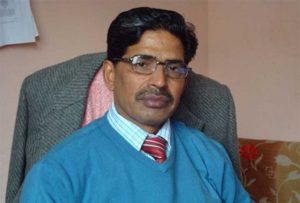
32 out of 100
Prime Minister Dahal spent most part of the past 100 days managing the expectations of the ruling parties and in power-sharing negotiations. While he did make time to meet with economists and businesspersons to discuss the country’s economic problems, he didn’t take any initiative to introduce plans and policies to fix them. This is an unusual situation. Inflation is on the rise, imports and exports are down, production is low, and people's purchasing power have decreased. The government should already have come up with a new budget and published its plans and policies to address the ongoing economic crisis. Now the Ministry of Finance, and the National Planning Commission has a lot of work to do in a short period of time, and with limited resources. Many regular programs are behind schedule. I can’t give Prime Minister Dahal and his government more than the pass marks. I am giving him the pass marks only because the prime minister has assured the business community that he will make things better.
Deep Kumar Upadhyay, Former Nepali ambassador to India
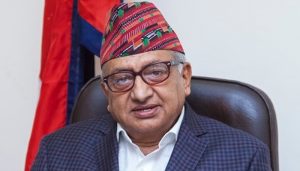
50 out of 100
The government has not appointed its foreign minister yet. This is definitely not a good sign for our foreign relations and policy. Prime Minister Dahal didn’t go to the Boao forum, and he is planning for an official visit to India, which seems immature because there hasn’t been any preparations. This government has not done any work worth appreciating so far. This is the time to work, not talk. I hope the government will focus on its work. The political parties are busy breaking and making coalitions. The Cabinet was expanded after so much political drama, but some important ministries are still vacant. The parties don’t know how to work, and they are blaming one another. Youths these days laugh at and mock politicians and ministers. Why? Because they have no hope from them. We are yet to see what type of common minimum program this government will bring to deal with the challenges facing the country. So I am still willing to give this government the benefit of doubt, and give it 50 out of 100 marks.
Bipin Adhikari, Constitutionalist
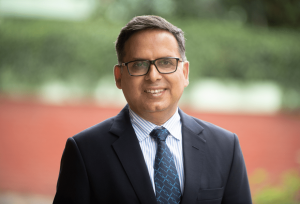
40 out of 100
The 100 days of the Dahal-led government was marked with desperation. Prime Minister Dahal spent most of the time scrambling to restore stability to his government because his coalition partners backed out within months. The government coalition changed twice in the past 100 days, and Dahal had to take the floor test as many times. The government is still not stable. Parties are joining and leaving the government, and the Cabinet expansion process is still ongoing. There has been no socioeconomic progress at all. One can’t even say if the situation has gone bad or worse, because the government has not done any work yet. There has been no preparations whatsoever to prevent the imminent economic downfall. The government is also planning to award India a new hydropower construction project during Prime Minister Dahal’s visit. This is not a good idea, as India has been unable to deliver other projects within deadline. This has not been a good start for Dahal. I give him and his government 40 out of 100, assuming that 40 is the pass mark. I am giving the pass mark because there is law, order and peace in the country, and there hasn’t been any major legal controversy.
Bimala Rai Paudyal, Former foreign minister
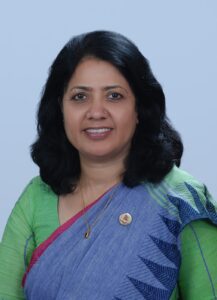
40 out of 100
In the initial days, the government was working at a full pace. I can attest this with my own experience as a former minister of this government. Prime Minister Dahal used to promptly sign the files forwarded by my ministry. But as soon as the disputes over the presidential polls started, the prime minister’s engagement shifted toward forming a new coalition, rather than focusing on government work. He began delaying the approval of files. And after the UML, RPP and RSP left the government, Prime Minister Dahal delayed the expansion of the Cabinet. For a long time, he kept several ministry portfolios to himself. I know how much work a full-time minister has to do in a day, so there is no way one individual could handle the work of 16 ministries. Naturally, the government was unable to focus on service delivery. But I must say that the Ministry of Communication, and the Ministry of Agriculture did perform well during the initial days of this government. I give this government 40 out of 100 marks, hoping it will start performing.
Indra Adhikari, Political analyst
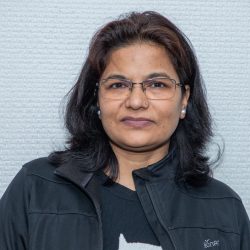
Below average
I can’t say that this government has not got a passing mark, because there is at least a legitimate government in place. So, the government has passed the exam already, although its performance so far has been below average. The 100 days of Prime Minister Dahal was mainly focused on survival and forming a stable coalition. So when the time came for Cabinet expansion, the political parties were not looking for leaders who could deliver, but someone whose appointment could balance the government. The Cabinet expansion delay has also shown us that there is no organizational structure and system in place to keep our bureaucracy functioning smoothly. Though there are certain rights that the bureaucracy can utilize for service delivery, it has not been using these rights. Our bureaucracy has the tendency of waiting and looking for ministers to show the way. As the Cabinet expansion was delayed, the ministries without ministers could not perform their tasks, which affected the overall service delivery.
A closer look at Namuna Ghar (Photo Feature)
The Namuna Ghar in Datattraya, Bhaktapur, is a special heritage that reflects Nepal’s glorious medieval art, architecture, and history. The house was initially discovered to be over 150 years old before the restoration process by Rabindra Puri in 1999. It was being used as a chicken coop, a shame for all the potential it held. 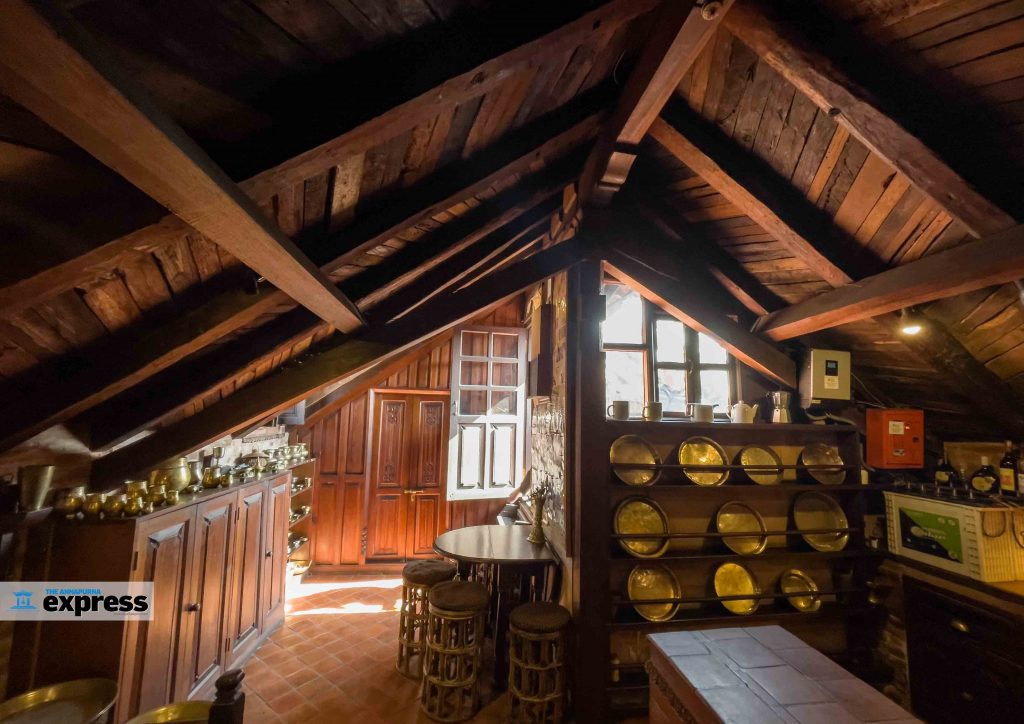 This house was redesigned and rebuilt, now featuring beautiful attributes that graced traditional Nepali architecture. It went on to win the prestigious UNESCO Asia-Pacific Awards for Cultural Heritage Conservation in 2004.
This house was redesigned and rebuilt, now featuring beautiful attributes that graced traditional Nepali architecture. It went on to win the prestigious UNESCO Asia-Pacific Awards for Cultural Heritage Conservation in 2004.
Even prior to attaining global recognition, the building was already regarded to be Namuna Ghar (translates to mean ‘model house’) by Bhaktapur Municipality, which is how the building got its name. 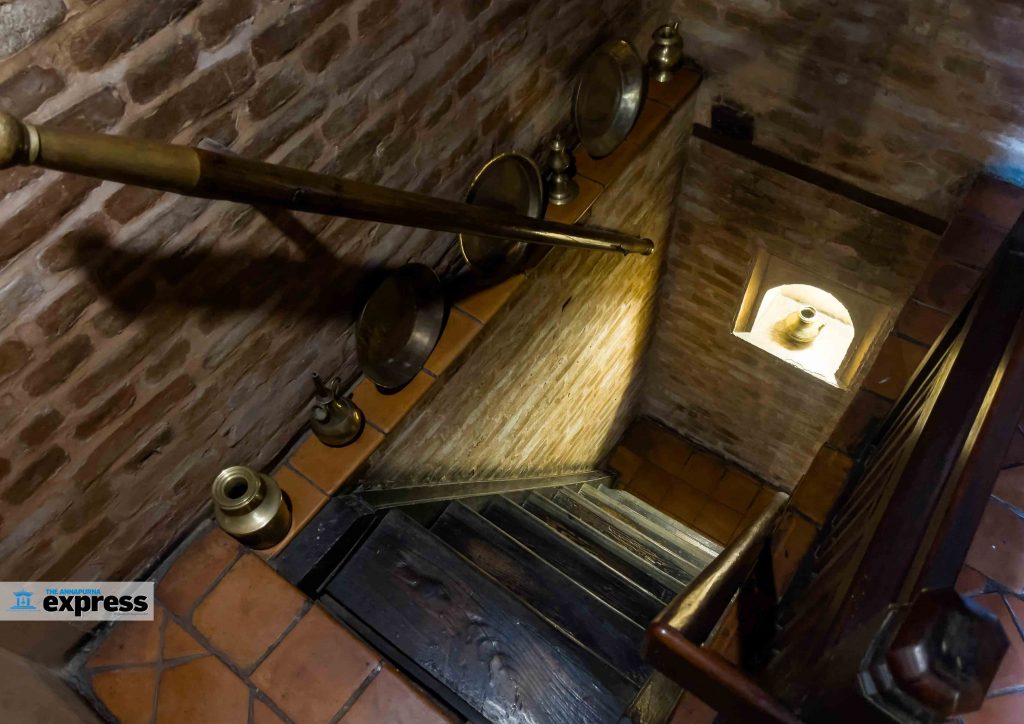 “When I first joined the heritage conservation field, I was called insane for passing up a comfortable life and career in Europe and choosing a zero-income sector,” says Puri.
“When I first joined the heritage conservation field, I was called insane for passing up a comfortable life and career in Europe and choosing a zero-income sector,” says Puri. 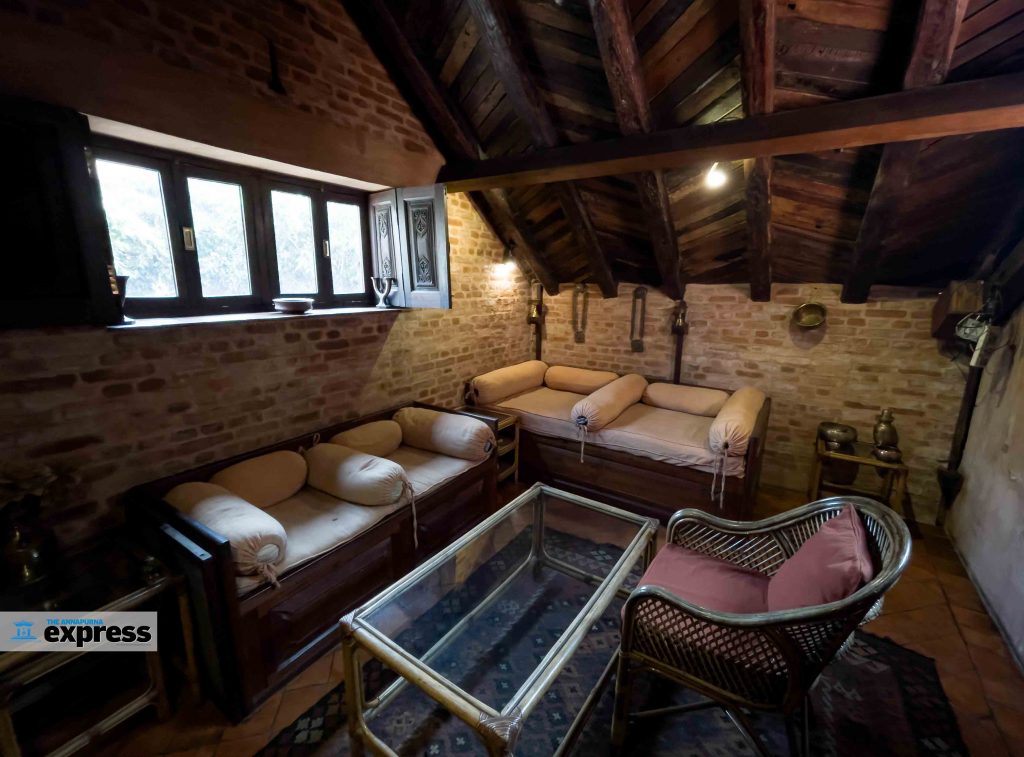 About 60 percent of this building required new construction, with the remainder achieving satisfactory results through retrofitting. Original structural components were carefully removed and reused wherever possible. This restoration project was completed in roughly a year and a half.
About 60 percent of this building required new construction, with the remainder achieving satisfactory results through retrofitting. Original structural components were carefully removed and reused wherever possible. This restoration project was completed in roughly a year and a half.
Quickly thereafter, the home gained traction and received unexpected appreciation and recognition. Items that highlight Nepali culture and tradition are on display at Namuna Ghar. The main objective for restoring and promoting Namuna Ghar with this approach is to inspire Nepali people to appreciate and conserve their rich and beautiful heritage. 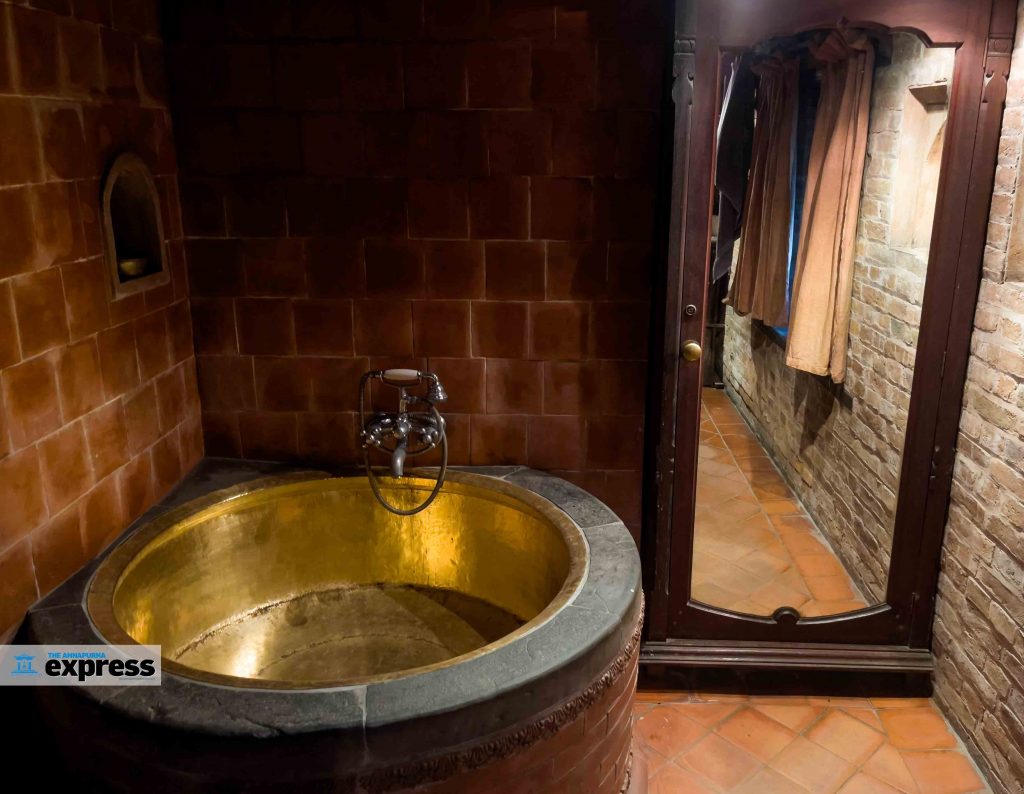 “I also started a homestay at the Namuna Ghar, and it was from here, the concept of bed and breakfast took off in Nepal,” Puri adds.
“I also started a homestay at the Namuna Ghar, and it was from here, the concept of bed and breakfast took off in Nepal,” Puri adds. 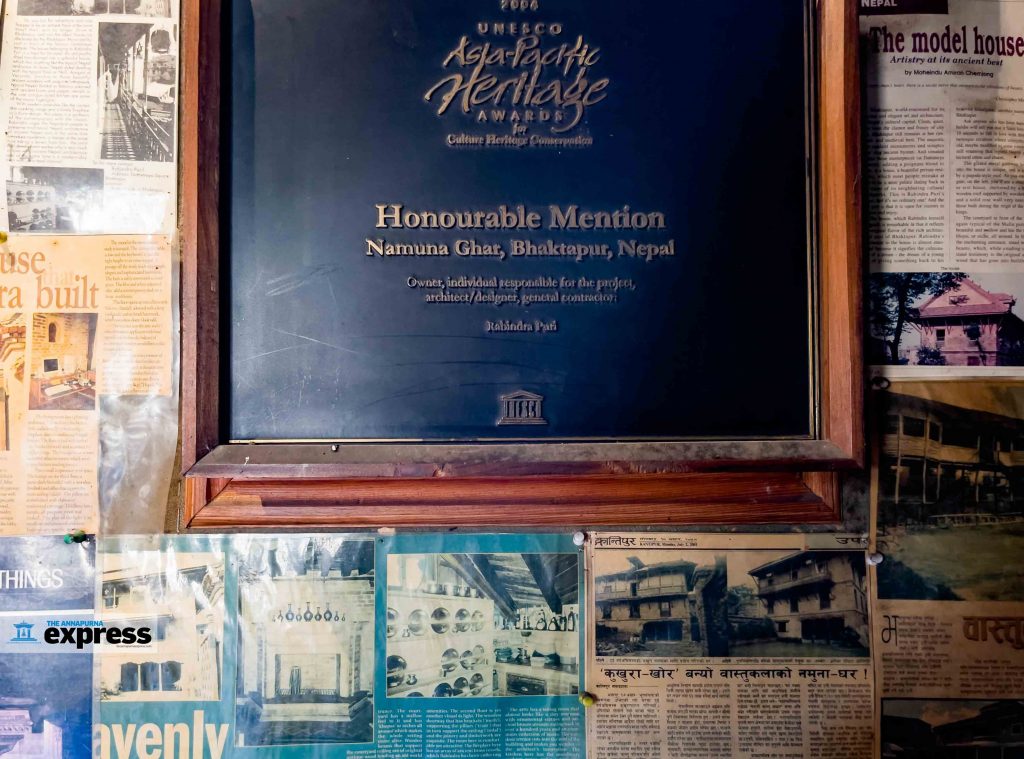
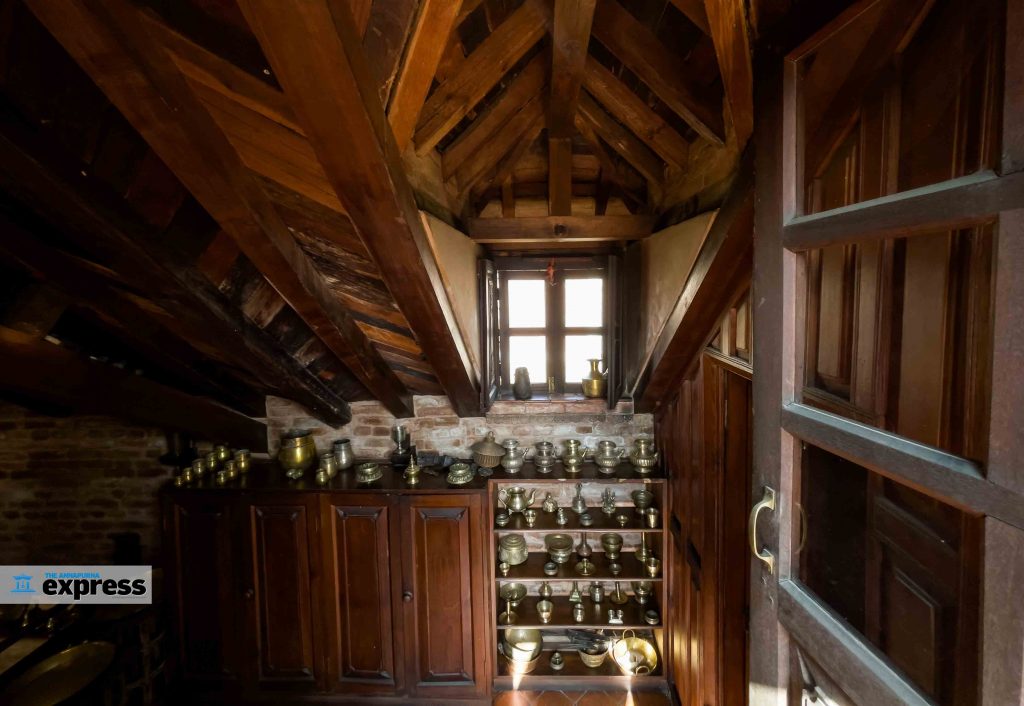
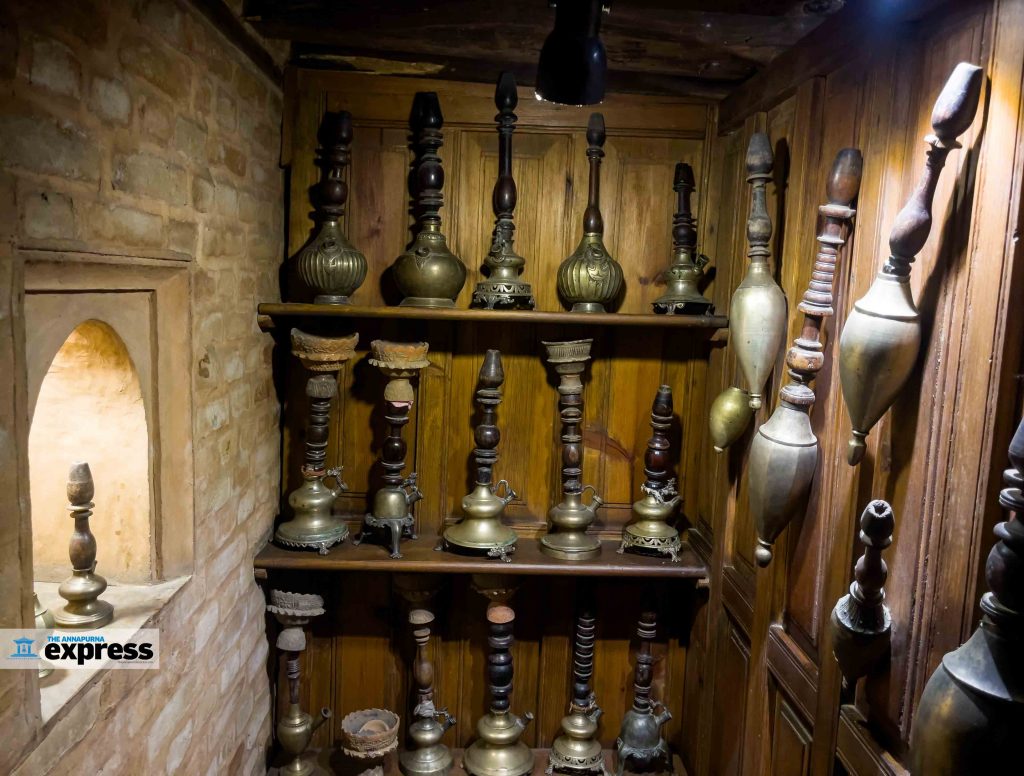
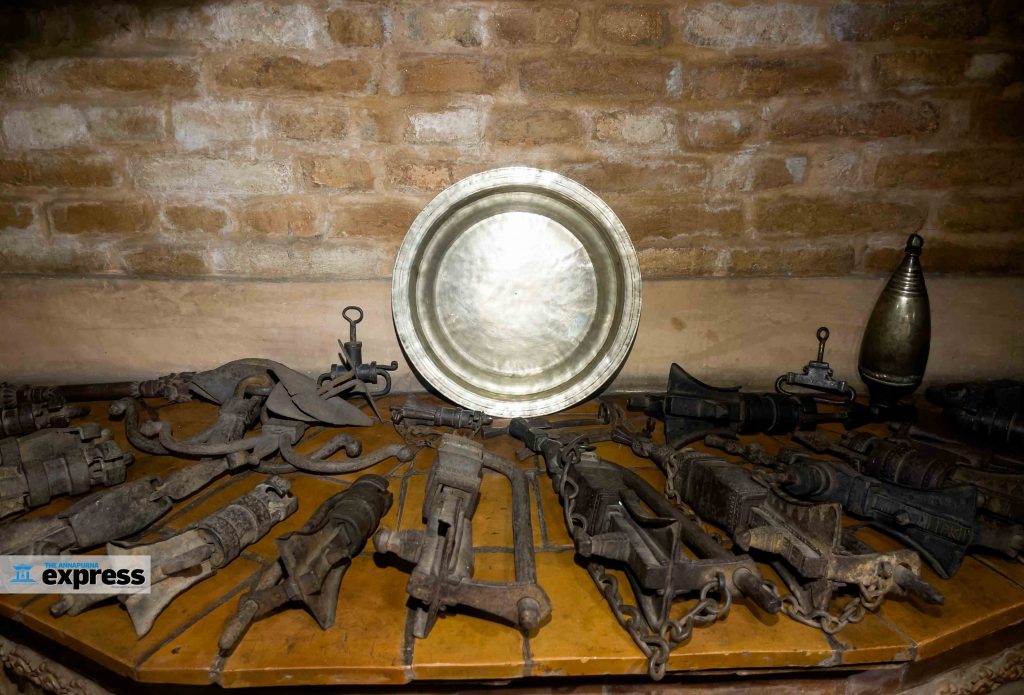
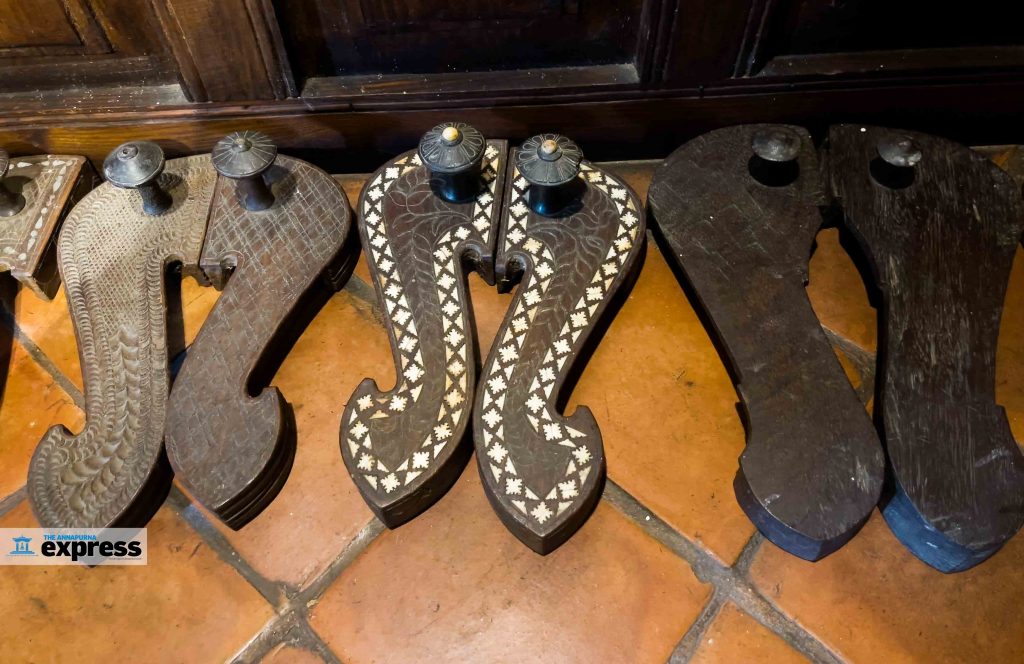
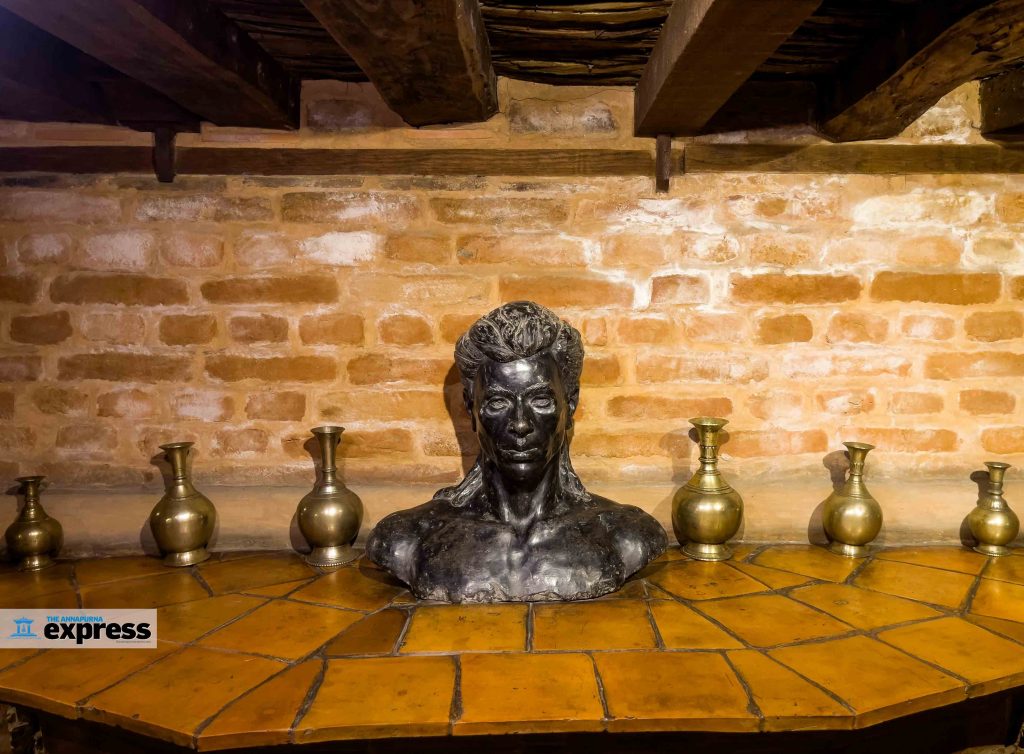
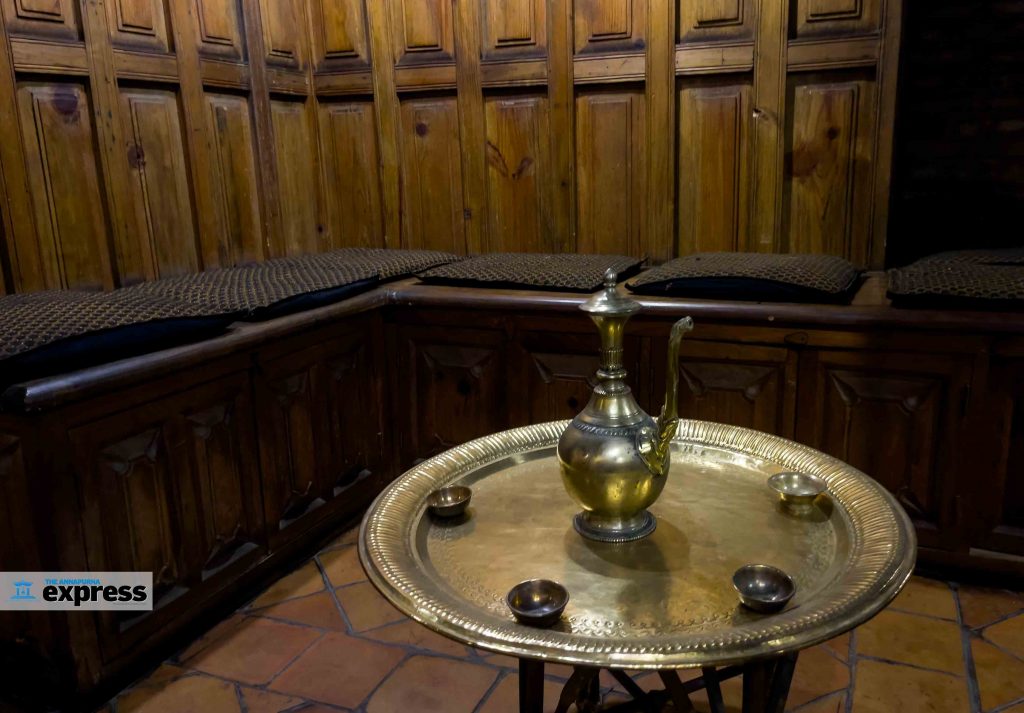
Pradeep Gyawali: Government has lost international credibility
As the CPN (Maoist Center) supported Nepali Congress over CPN-UML in the presidential poll, UML left the government and Congress joined the Pushpa Kamal Dahal-led cabinet. Pratik Ghimire of ApEx talked to UML leader Pradeep Gyawali about the evolving political situation after the poll.
How do you see the current coalition led by Dahal? Will it sustain for five years?
This coalition is unnatural to the core. The coalition partners are together only for petty interests. If they were sensitive toward national interest, why would they drift apart after the presidential poll? And there is no chance of this coalition lasting five years. It will break apart soon and the erstwhile partners will start fighting for their own interests.
Why do you think Dahal betrayed UML?
Consider these three factors. The first one is the fact that Dahal is well-known for his opportunist and volatile behavior. He has done this to every political party and no one knows this better than UML. Yet, we gave him the benefit of the doubt. The second thing is his fear psychosis. He thought his interest couldn’t be served while being with UML as we had a mechanism where the government had to come clean on its wrong moves at coalition partner meetings.
We talked about service delivery, good governance and national interest, which Dahal didn’t want to follow. The involvement of international powers is the third factor. We saw the officials of foreign nations manipulating the government to serve their national interests. If we were in the government, we would not have let such things happen. As for Dahal, he wanted to serve international interests.
How will UML play the role of the main opposition?
As the main opposition, we will have two major roles to play. For us, this is the right time to reorganize the party. For a long time, we were in the government and unable to build the party properly. We will utilize this time to rebuild the party from the grassroots. We have already started campaigns to make the UML a strong national force. We will raise people’s voices from the parliament and from the streets, if necessary. We will not let the public suffer. We will do everything to make the government accountable.
Is there any possibility of an NC-UML coalition?
After the Nov 20 poll results came out, the Congress and the UML should have collaborated to form a government in the national interest because the people had given us—not the small parties—the mandate. We formally proposed the Congress for a coalition, but they ignored us. Amid public frustration, such a government had become necessary for democracy and stability of the political system. But then the Congress had other plans. The scenario has changed and there’s no chance of an NC-UML coalition, for now. But if the Congress wants to form a coalition with us in the national interest, we are open for discussion.
As a former foreign minister, what do you have to say on this government’s foreign policy?
I don’t have much expectations from this government. I hope that they don’t make things worse. None of the neighbors trusts us. We have lost international credibility. We were not invited to the Raisina Dialogue. We were invited to the Boao Forum, but the prime minister shunned it. We are in a difficult situation. Even with the US, the Maoist party, as a partner in the then coalition government, made the MCC Compact controversial by signing on it, then protesting against it and finally playing a role in its endorsement through the parliament. Why would the international community believe us?
And recently, the way Dahal canceled the visit of the incumbent foreign minister to the Human Rights Council’s conference and sent an unauthorized person to the event has made our foreign policy and presence immature. That conference was very important for us as we could have shared so many things with the international community regarding our progress and achievements on the human rights front.
Economist Wagle ditches Congress
Swarnim Wagle, a Nepali Congress leader and renowned economist, has left the party. Wagle announced his separation from the party through a social media post, creating ripples in the digital forum where both his admirers and critics traded blows over his move. Citing the main reason behind the loss of his love for the party, Wagle wrote: “I have decided to part ways with the Nepali Congress, with which I had been associated since the mid-1980s.”
“Congress has now turned into an incompetent gang of family members,” the youth leader wrote in his astute observation, noting that he had played a significant role in improving the Congress’ economic policies and planning in various capacities over the decades. “During my indirect association with the party spanning 30 years and direct contribution of 10 years, I conducted several intellectual-theoretical discussions and training. At the same time, I played a role in expanding international legitimacy for the party,” he pointed out.
Wagle ‘felt proud’ to note that both Sushil Koirala and Sher Bahadur Deuba had appointed him at the National Planning Commission. Giving himself a pat on his back for a job well done, Wagle noted that he had been able to fulfill the responsibilities entrusted to him and enhance Nepal’s prestige.
Elaborating on his future plans, Wagle said he will be active in a new public role with the beginning of the new year, carrying forward the agendas of democracy and economic progress on the foundation of good governance.
New bill stirs telecom sector
A proposed amendment to the Telecommunications Act allowing the government to tap phone calls without prior court approval has raised a debate over the right to privacy. But two more provisions in the draft amendment bill have somewhat gone under the radar, and they could have a profound impact on the country’s telecom sector. If passed as it is, it will also dent significant revenue to the government.
First is the removal of the provision where the assets of telecom companies with foreign investment of over 50 percent automatically come under government control after the expiry of their 25-year license duration.
Second is slashing of the licensing fees, royalties, and other charges. The draft of the Bill to Amend and Unify the Laws Related to Telecommunications, prepared by the Ministry of Communications and Information Technology, has already received an ‘in principle’ approval from the Cabinet, according to Netra Prasad Subedi, spokesperson at the ministry.
According to industry insiders, some major private players in the telecom industry are set to benefit from the new provisions. The provisions related to the license fee and renewal fee in the draft bill will provide big relief to telecom companies struggling to pay government dues as well as new ones planning to enter the telecom sector.
The draft bill has proposed cutting down the fees, royalties, and other charges that the government takes from telecom companies. At present, the fee for obtaining the license for a telecom company stands at Rs 350m. The proposed bill has reduced the fee for an integrated license to Rs 10m. It has also proposed to lower license renewal fees.
As per the existing law, a new telecom company must first renew its license after 10 years and then after every five years by paying a fee of Rs 20bn. In the draft of the proposed bill, the license renewal fee has been revised to Rs 10m or 10 percent of the company’s total income, whichever is higher for every year of the first five years.  Similarly, a fee equal to Rs 250m or 10 percent of the total income of the company, whichever is higher, will have to be paid every year to the government from five to 10 years after obtaining the permit. After 10 years, the telecom company has to pay Rs 2bn or 10 percent of the total income earned that year, whichever is higher. Telecom experts say the new renewal fee proposed in the draft bill will make no difference to existing players—Nepal Telecom and Ncell.
Similarly, a fee equal to Rs 250m or 10 percent of the total income of the company, whichever is higher, will have to be paid every year to the government from five to 10 years after obtaining the permit. After 10 years, the telecom company has to pay Rs 2bn or 10 percent of the total income earned that year, whichever is higher. Telecom experts say the new renewal fee proposed in the draft bill will make no difference to existing players—Nepal Telecom and Ncell.
As both companies’ annual income is around Rs 40bn, they have to pay 10 percent as license fee, which is around Rs 4bn every year. This is in line with the current provision that Rs 20bn is to be paid in five years. However, the government will lose huge revenue from the companies that have been currently holding licenses but not doing substantial business. The state will lose Rs 347.5m as license fees from a telecom company from now onwards.
Similarly, the state would have received Rs 20.13bn from each telecom company in the first 10 years and the same amount in every five years for the next 15 years. Similarly, Ncell Limited, a subsidiary of Malaysian multinational telecommunication conglomerate, Axiata Group Berhad, could also be a direct beneficiary of these proposed amendments. Ncell’s license was issued on 1 Sept 2004 in the name of Spice Nepal, and it will expire on 1 Sept 2029. According to the existing law, the company is set to come under government ownership after six and a half years.
However, Ncell has been lobbying for amendment to the existing law so that it could renew its license even after its expiry. As per the draft bill, companies already holding licenses for cellular mobile, basic telecommunications, and rural telecommunication services can apply for integrated licenses within one year of the implementation of the amended Act.

Subedi, the spokesperson at the Ministry of Communications and Information Technology, says though the government has given ‘in principle’ approval to the draft bill, there is still room for further improvement. He adds that the provision related to the government taking control of the assets held by telecom companies with foreign investment can be further discussed and improved upon.
The draft bill also proposes that telecom companies can operate for as long as the frequency is available, which overrides the existing law requiring telecom firms to get frequency separately after acquiring the operating license. So, any company capable of getting frequency can obtain a license to operate telecommunication services.
Subedi says the draft bill has proposed charging royalties and other fees based on the company’s income. Rather than reducing the fees, he explains the proposed provision is aimed at charging the telecom companies based on their income.
Dhawal Shamsher Rana: Ex-king is worried with the situation of country
Rastriya Prajatantra Party (RPP) pulled out its support from the Maoist-led government as soon as Prime Minister Pushpa Kamal Dahal decided to change the coalition. The pro-Hindu and pro-unitary party seemed out of place when it was in the government. Now, in the opposition role, the party is planning to raise its demands for reinstatement of Hindu state, monarchy and unitary government both in Parliament and from streets. A party delegation even met former king Gyanendra Shah recently. In this context, Pratik Ghimire of ApEx talked to RPP lawmaker and leader Dhawal Shamsher Rana.
Why did your party leave the government?
We didn’t want to involve our party in the dirty politics of Dahal and other coalition partners. It had not even been 45 days since we joined the government, and the prime minister collaborated with the Nepali Congress to fulfill his personal interests. We didn’t like this attitude. When we were in the government, our goal was to make it more dynamic and public-centric. But we later realized that Dahal was not interested in it.
What kind of role will RPP play as an opposition?
We will support and protest the government by analyzing the work it does. We don’t want to let the people suffer for no reason. The RPP will protest from the House as well as on the streets.
What kind of protest is the party planning to stage?
We will hit the streets with the support of the public who are against federalism and the republic system. We will demand for a constitutional monarchy and Hindu state.
Do you think people will trust and support your movement?
They will for sure. Is there any significant progress these republicans have done for the public to support them? No. The public is frustrated, and we will help bring back the leadership and guardianship of the king.
What did you discuss with the former king?
It was a good conversation. We discussed contemporary political and social issues. He is frustrated about the condition of Nepalis. As we are supporting him being the head of our proposed constitutional monarchy, we discussed how we can help and support each other.
Teknath Rijal: Seek SAARC help on Bhutanese refugee issue
During the early 90s, tens of thousands of Nepali-speaking Bhutanese citizens fled or were deported from the country. They would eventually end up in eastern Nepal via India, and reside there as refugees. Over the years, a large number of refugees have gone on to settle in the US, Australia and various European countries as part of the UN third-country resettlement program. A small number of Bhutanese refugees are still based in Nepal, and they wish to be repatriated back to their homeland. Pratik Ghimire talked to Teknath Rijal, a refugee leader and human rights activist, about the present situation of Bhutanese refugees in Nepal.
How did the Bhutanese refugee crisis begin?
South Bhutanese were protesting against the government, demanding democracy and human rights for a long time. In the past, ordinary people weren’t supposed to write history; it was against the law. It is said that Bhutanese refugee crisis began in 1991, when Bhutan started expelling people of Nepali origin. But the crisis precipitated way before that. Even history says how the aristocrats have oppressed and even brutally murdered Nepali speaking Bhutanese.
What is the present situation of Bhutanese refugees?
Refugees were taken to third countries for resettlement and this somewhat addressed a problem. But there are still many Bhutanese refugees, either awaiting resettlement or repatriation. India has a great influence on Bhutan when it comes to resolving the issue relating to repatriation of refugees, but the Indian government hasn’t been helpful. Different media have been talking about this but recently South Asia Watch has come up with an intensive report regarding the plight of Bhutanese refugees. But India has been abstaining itself from involving in this issue saying it is the matter between Nepal and Bhutan.
How many refugees are there in Nepal?
I think there are around 8,000 of them, spread in different parts of Nepal. Some of them have verification cards of refugees and there are those who have no such identification. After the UNHCR left the camp, there were still around 400 refugees who were unverified. In 2011, Nepal stopped registration of Bhutanese refugees. But the problem is Nepali-speaking Bhutanese people have not stopped entering Nepal, and they have no access to any facilities. Their stories are not being told by the media. They are living as stateless people. According to my estimates, there are more than 1,000 such refugees living in the various parts of Nepal.
How’s the condition of Bhutanese refugees who have resettled in third countries?
Some Bhutanese were sent to third countries but it seems like they aren’t all having a good life there as well. Many of them are suffering. Bhutanese refugees settled in third countries are home-sick and there are reports of some committing suicide, because they miss their home country, their neighbors and their near and dear ones. Members of some families have been scattered and have no way to reunite.
What do you think is the way out?
There have been several bilateral talks between Nepal and Bhutan, where Bhutan has acknowledged that 90 percent of the refugees are Bhutanese. Nepal says Bhutan is avoiding further discussion about refugees. In this situation, Nepal should be seeking help from India or other SAARC member states. There are many agendas that need to be explored on many aspects. India should be brought on board and made to comprehend the gravity of the issue. The tyranny of the king toward his own citizens must be revealed. I would also request international organizations to be a part of this refugee issue and help the Bhutanese families, protect their human rights and stop the atrocities of Bhutanese government. My special request is to Indian Prime Minister Narendra Modi who can play a vital role to settle this issue.


